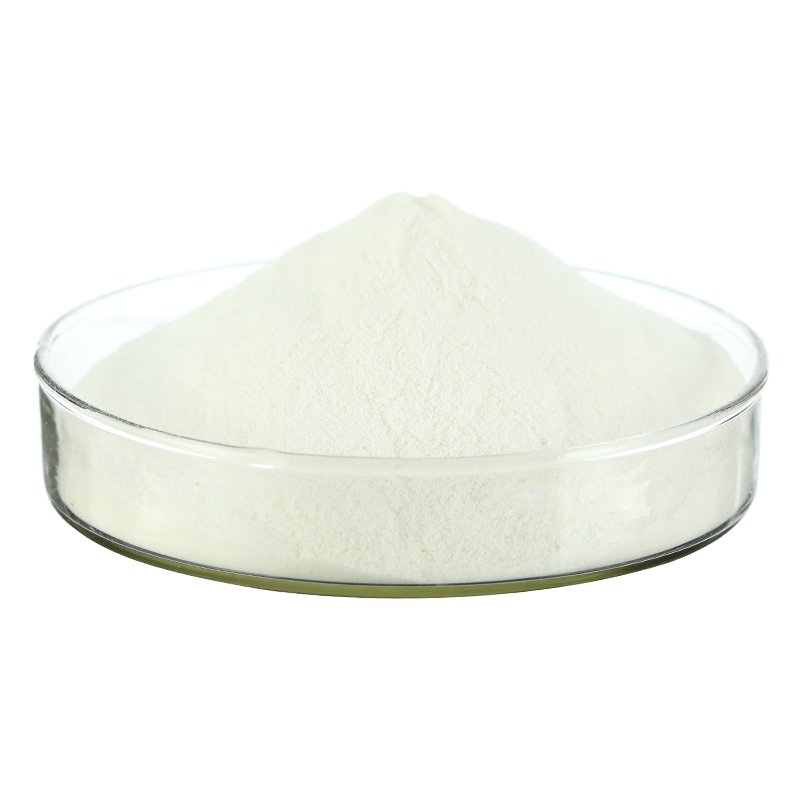Hydroxypropyl Methyl Cellulose (HPMC) 150K
- Home
- Products
Hydroxypropyl Methyl Cellulose (HPMC) 150K
Hydroxypropyl Methyl Cellulose (HPMC) 150K is high viscosity hydroxypropyl methyl cellulose, It’s mainly recommended for EIFS&ETICS and cement masonry mortar. Chemical Name Hydroxypropyl methyl cellulose Appearance White or off-white powder Delayed Solubility No Moisture content ≤6 % Ash content ≤5 % Methoxy content 19-24 % Hydroxypropyl content 4-12 % pH value 6-8 Particle size 99% pass […]
Hydroxypropyl Methyl Cellulose (HPMC) 150K is high viscosity hydroxypropyl methyl cellulose, It’s mainly recommended for EIFS&ETICS and cement masonry mortar.
| Chemical Name | Hydroxypropyl methyl cellulose |
| Appearance | White or off-white powder |
| Delayed Solubility | No |
| Moisture content | ≤6 % |
| Ash content | ≤5 % |
| Methoxy content | 19-24 % |
| Hydroxypropyl content | 4-12 % |
| pH value | 6-8 |
| Particle size | 99% pass 80 mesh |
| Viscosity | 140,000-160,000 mPa.s (NDJ-1, 2% solution, 20℃) |
| 55,000-65,000 mPa.s (Brookfield-RV, 2% solution, 20℃) |
